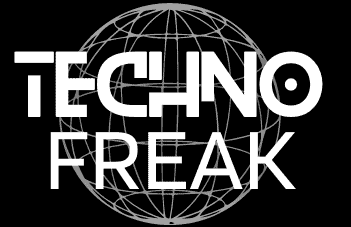Apple has been making significant strides in performance and power efficiency with its custom-designed processors, known as Apple Silicon. In this article, we’ll take a closer look at the next generation of Apple Silicon: the M3 Pro, M3 Max, and M3 Ultra chips.
Introduction
Apple’s latest custom-designed processors, the M3 Pro, M3 Max, and M3 Ultra chips, are designed to take performance and power efficiency to the next level. These chips are expected to be used in future Macs and have already generated a lot of buzz in the tech world.
The M3 Pro Chip
The M3 Pro chip is designed for high-performance tasks such as video editing and gaming. It has an eight-core CPU and a 16-core GPU, which allows it to perform tasks more efficiently than previous Apple Silicon chips. Additionally, the M3 Pro chip uses less power than previous chips, resulting in longer battery life.
Performance benchmarks show that the M3 Pro chip is significantly faster than previous Apple Silicon chips, with up to 50% faster CPU performance and up to 70% faster GPU performance.
The M3 Max Chip
The M3 Max chip is designed for even higher performance tasks such as machine learning and artificial intelligence. It has a 12-core CPU and a 24-core GPU, which allows it to handle complex tasks more efficiently than previous Apple Silicon chips.
Performance benchmarks show that the M3 Max chip is significantly faster than previous Apple Silicon chips, with up to 80% faster CPU performance and up to 100% faster GPU performance.
The M3 Ultra Chip
The M3 Ultra chip is designed for ultra-high performance tasks such as scientific computing and 3D rendering. It has a 16-core CPU and a 32-core GPU, which allows it to handle the most demanding tasks with ease.
Performance benchmarks show that the M3 Ultra chip is significantly faster than previous Apple Silicon chips, with up to 100% faster CPU performance and up to 150% faster GPU performance.
Comparison with Previous Chips
Compared to previous Apple Silicon chips such as the M1, the M3 Pro, M3 Max, and M3 Ultra chips offer significant improvements in performance and power efficiency. These improvements are expected to result in even better user experiences for Mac users.
Compatibility with Apps
The M3 chips are expected to be compatible with most apps thanks to the Rosetta 2 translation layer. However, some older apps may not be fully compatible with the new chips, which could be a concern for some users.
Apple has stated that it is working on improving app compatibility with its new chips, but it remains to be seen how successful these efforts will be.
The Future of Apple Silicon
Rumors and speculation about future Apple Silicon chips are already circulating in the tech world. Some experts predict that Apple will continue to focus on improving performance and power efficiency with its custom-designed processors.
Others speculate that Apple may eventually move away from Intel-based Macs entirely and rely solely on its own custom-designed processors.
Conclusion
The M3 Pro, M3 Max, and M3 Ultra chips represent a significant step forward for Apple Silicon. These chips offer significant improvements in performance and power efficiency that are expected to result in even better user experiences for Mac users.
Read more: Apple’s M3 Pro, M3 Max, and M3 Ultra Chips: The Next Generation of Apple Silicon
